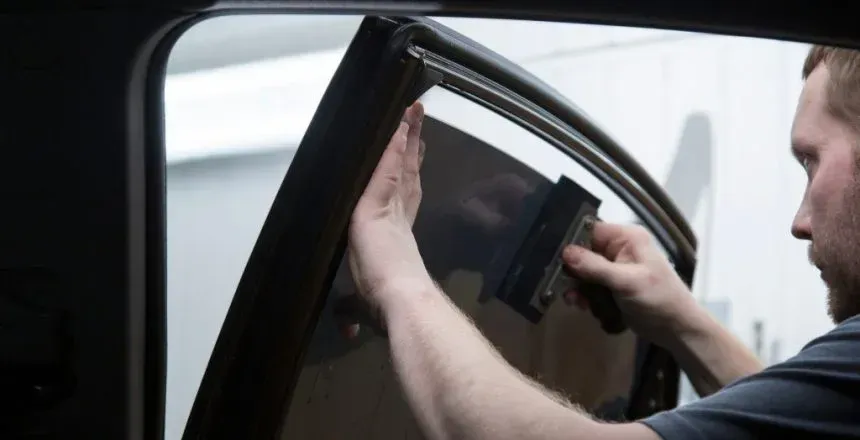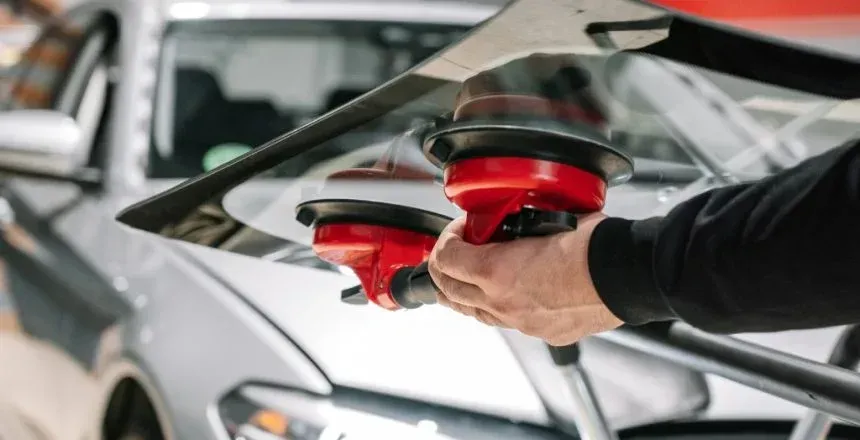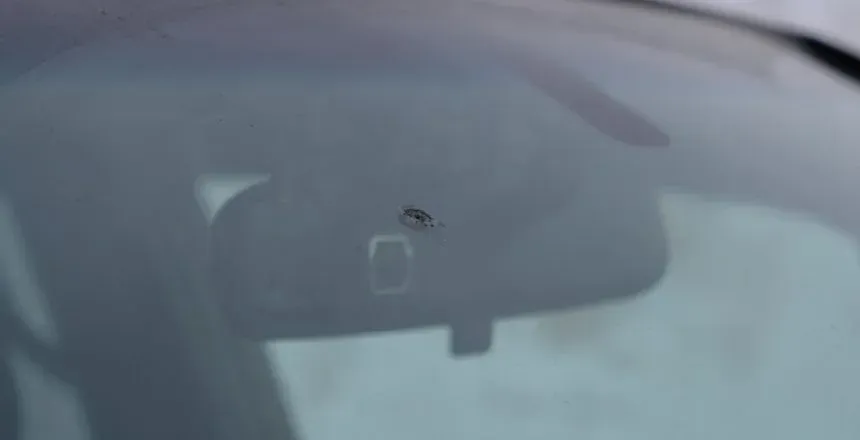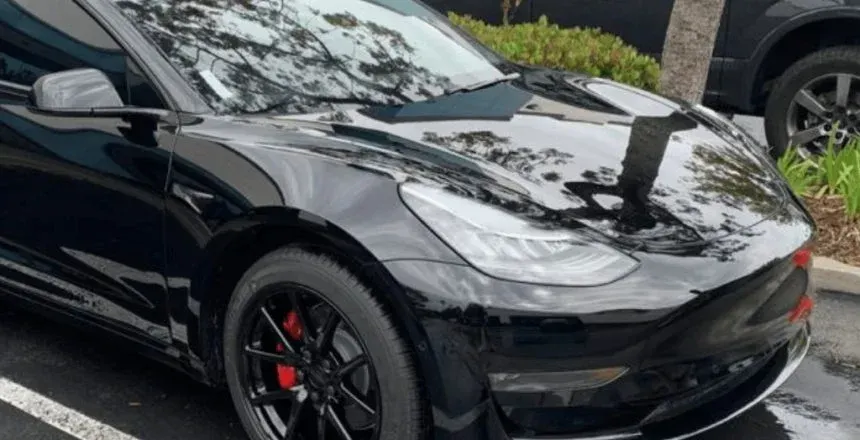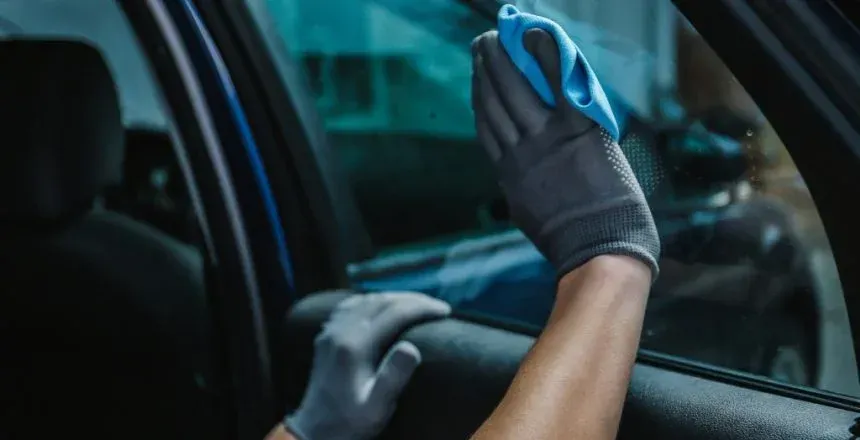Sensor Calibrations Explained: What It Is and Why Your Vehicle Needs It
Newer vehicles rely on more than just mirrors and human judgment. They use advanced driver-assistance systems (ADAS) to help you stay in your lane, avoid obstacles, and stay safer on the road.
But what keeps these systems accurate? Sensor calibration .
If your sensors are misaligned, your vehicle might see danger where there is none, or worse, miss a real threat altogether.
To understand why that happens, you need to know how sensor calibrations work—and why they’re essential for your safety. Here’s a quick breakdown.
What Is Sensor Calibration?
Sensor calibration is the process of adjusting your car’s safety systems so they can accurately detect and respond to the environment around them.
Most newer cars use cameras, radar, and other sensors for:
- Lane keeping assist
- Forward collision warnings
- Automatic emergency braking
- Adaptive cruise control
- Parking assistance
- Blind spot monitoring
If any of those features rely on sensors, calibration ensures they function properly. Think of it like realigning a pair of binoculars—if one lens is off, your view is distorted. Calibration fixes that distortion.
When Is Sensor Calibration Required?
You don’t need calibration every time you get an oil change. But certain events can throw off your car’s sensor alignment, and when that happens, you’ll need recalibration.
Here are the most common scenarios:
1. Windshield Replacement
Many cameras are mounted behind the windshield. Replacing the glass can shift the camera’s angle slightly. That’s enough to throw off your ADAS features . Calibration is always recommended after windshield replacement.
2. Collision Repair
Even minor fender benders can affect sensor positioning. If your bumper, hood, or windshield was impacted, those sensors might be misaligned even if you can’t see the damage.
3. Suspension or Alignment Work
If your vehicle’s height or wheel alignment changes, your ADAS sensors might no longer match the original factory settings.
4. New Tires or Rims
Changing the tire size or style of rims can affect ride height, which may also affect sensor calibration.
5. Warning Lights or System Errors
If your car flashes a sensor-related error or disables ADAS features, it may need recalibration to restore proper function.
Static vs. Dynamic Sensor Calibrations
There are two types of sensor calibration: static and dynamic.
Static Calibration
This is done while your vehicle is stationary in a controlled environment. A technician uses specialized tools and targets to realign the sensors based on factory specifications.
 Performed indoors or in a dedicated space
Performed indoors or in a dedicated space
 Requires equipment like alignment boards or lasers
Requires equipment like alignment boards or lasers
 Often used for forward-facing cameras or radar systems
Often used for forward-facing cameras or radar systems
Dynamic Calibration
This is done on the road. A technician drives your vehicle at a specific speed and follows the manufacturer’s instructions to recalibrate the sensors in real-time.
 Requires road testing
Requires road testing
 Needs good weather and a clearly marked lane
Needs good weather and a clearly marked lane
 Often used for radar or systems that adapt to traffic
Often used for radar or systems that adapt to traffic
Some vehicles require both. At Auto Glass & Tint of Oceanside, we follow the manufacturer’s process every time.
Why Skipping Calibration Is a Risk
Skipping sensor calibration doesn’t just turn off some features, it puts your safety at risk. Here’s what can go wrong if calibration is ignored:
- Lane assist may nudge you in the wrong direction.
- Collision alerts may trigger too early or too late.
- Adaptive cruise may brake unexpectedly or fail to react.
- Blind spot warnings might not detect nearby vehicles.
Even a small error in camera alignment can mean the difference between avoiding a crash and causing one. That’s why most insurance companies now require calibration after glass replacement or bodywork.
How Long Does It Take?
It depends on your vehicle and the type of calibration needed.
- Static Calibration : about 1 to 2 hours
- Dynamic Calibration : 30 minutes to 1 hour of driving
- Combined : up to 3 hours total
Keep in mind that some calibrations can’t be rushed. Conditions need to be right for dynamic calibration, like good weather, clear roads, and the correct speed range.
How Much Does Sensor Calibration Cost?
Prices vary depending on your vehicle, the number of sensors involved, and the type of calibration required. On average, most calibrations cost between $150 and $500 . However, costs can be higher for luxury vehicles or cars with more advanced safety systems.
While it might seem like a lot, calibration is much cheaper than the cost of a crash or system failure.
At Auto Glass & Tint of Oceanside, we provide upfront estimates and work with your insurance provider when applicable.
What You Should Do as a Car Owner
If your car has ADAS features and you’ve recently had work done on your windshield, wheels, or suspension, or were in an accident, you should:
- Ask your repair or glass shop if calibration is needed.
- Only choose shops equipped with ADAS calibration tools.
- Make sure the technician follows OEM (original equipment manufacturer) guidelines.
- Test your ADAS features after calibration to confirm they’re working properly.
Not all shops are set up to calibrate sensors, but we are . At Auto Glass & Tint of Oceanside , we handle calibration in-house, so your car leaves safer, not just fixed.
Final Thought: Do You Really Need Sensor Calibration?
Yes, if your vehicle relies on sensors for safety, you need them to be accurate. Driving without proper calibration is like using a GPS that points you in the wrong direction.
So if you’ve had a windshield replaced or just finished bodywork or alignment service, don’t assume everything is fine.
Ask about calibration. Get it done. Drive with peace of mind.

